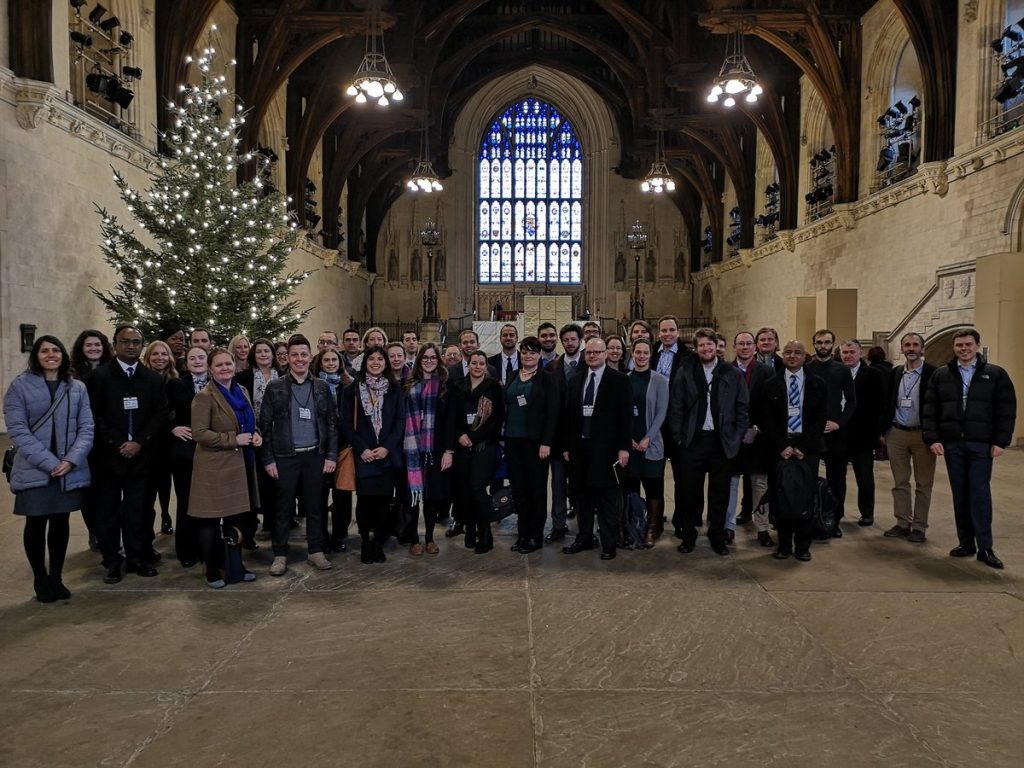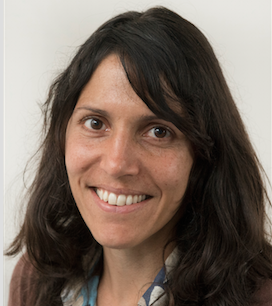This news piece is written by Dr. Holly Joseph (Associate Professor of Language Education and Literacy Development at the University of Reading’s Institute of Education).
On Monday 26th November 2018, I was fortunate enough to visit Westminster as part of the Royal Society Pairing Scheme. This fantastic initiative pairs academics engaged in science research with politicians and civil servants in order that each person finds out about the other’s world. As scientists, we can see how parliament works, how bills are passed, and where in the process we might be able to make a contribution. For the policy-makers, there is an opportunity to hear about cutting-edge research and reflect on how it could relate to policy.
Only about 50% of successful applicants are paired with a policy maker each year, and sadly I was not one of those. Nevertheless, all shortlisted applicants are invited to spend a day at Westminster and the Royal Society, finding out more about Parliament and the wonderful work that the Royal Society does to promote science and research. And we will be automatically shortlisted next year and will hopefully be paired then.

Our day started with a tour of the Palace of Westminster: highlights included discovering that Parliament gets its name from the French word parler (to talk), and that Black Rod is a woman this year for the first time. We enjoyed seeing the House of Commons and the House of Lords as well although we weren’t allowed to sit on the comfortable-looking benches. As it is 100 years since (some) women first got the vote, there was also much celebration of women’s role in politics and more broadly.
Over the next three days, scientists paired with politicians and civil servants will shadow them as they go about their daily business, attending committee meetings, meeting the public, and for a lucky few, sitting in the public gallery for a Prime Minister’s Questions (PMQs) session. Then in a few months’ time, policy makers will visit scientists at their place of work to complete the circle. This is a truly collaborative scheme that has the potential to put evidence at the heart of policy, and to integrate policy into research projects.

